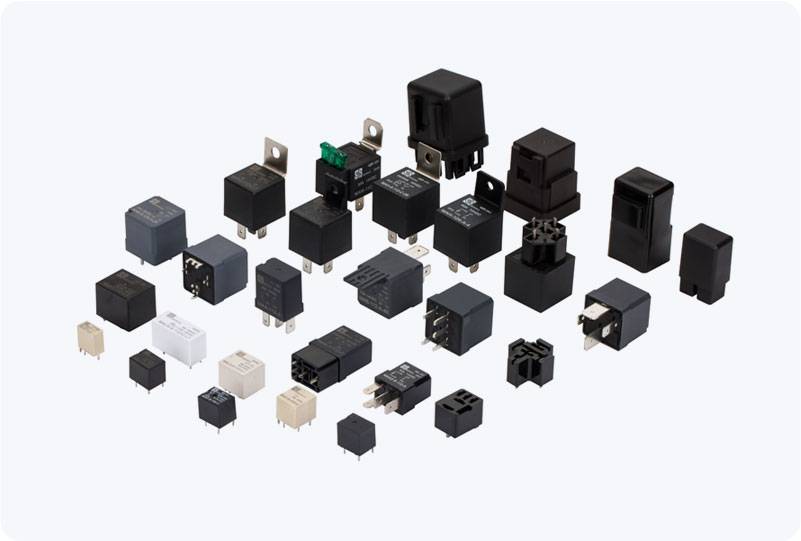Industrial relays are essential components in various electrical systems, providing a reliable method for controlling high-voltage circuits with low-voltage control signals. However, like any other electrical component, relays can fail over time, leading to malfunctioning systems. Testing a relay with a multimeter is a straightforward process that can help you identify potential issues and determine whether a relay is still functioning as it should. This guide will walk you through the steps on how to test an industrial relay using a multimeter.

Step 1: Understand the Relay’s Components and Function Before testing the relay, it’s important to understand its basic components and how it works. An industrial relay typically consists of a coil, a set of contacts, and a spring mechanism. The coil, when energized, creates a magnetic field that moves the contacts, allowing current to flow in the circuit. The relay’s contacts are usually categorized into Normally Open (NO) and Normally Closed (NC) positions. In a Normally Open configuration, the contacts remain open (no current flow) until the relay is activated. In contrast, in a Normally Closed configuration, the contacts remain closed (allowing current flow) until the relay is activated.
Leave a Reply